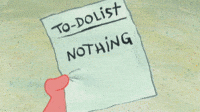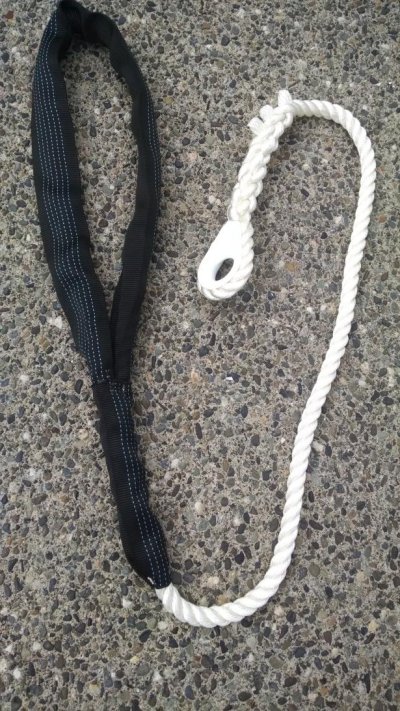It would help if we knew where you are docked. We might recommend someone local to you. You can go down and talk with them, get their ideas and prices.
I use a local company, Miami Cordage. The first time I went there, the owner took me into the back and showed me how they construct, spun, the lines. That was well worth fighting the rush hour traffic going back to the boat. I ordered some lines for my 46Nordhavn with 3foot eyes. Well the owner has long since 'moved on'/checked out and I think his kids run it now. I ordered 2 sets of 9/16 inch lines for this 34American Tug, one for the dock, the other set for traveling.
I suggest you come up with a common length. Mine are all 50 ft long with a 3 ft eye. This way, I dont have to sort through the lines for the proper length.
It has been said, an eye spice is stronger than a bowline. Think about it, the line strands are woven back into the line. There are advantages to the bowline but once they take a set due to a significant strain, breaking the bowline knot gets to be very difficult to say the least.
It is always fun to return to a transit dock and discover the other boat has lines on top of your line. You just gotta feed your eye under his eye and lift your line off.
It is my preference to tie low on the pilings..... less flexing of the piling durning a heavy blow or hurricane.
For the Nordhavn, my 'stay at home' dock lines consisted of a length of chain to drop down on the piling, nylon lines with thimbles large enough to feed the chain through. Once the chain drops down to the 'floor' (bottom), it doesn't matter if the boat next to you, ties high and snaps the top part of the piling off, you will be held fast.
No matter which style of line you choose, the first heavy blow will stretch your lines. Try to be around when it happens so you can adjust the lines. After one or two heavy storms your lines will be just about perfect.
One last point..... when you order your lines, the line diameter is based upon the weight of the boat. It is possible to fill up your onboard cleats making it almost impossible to double up your lines.
Okay, I'm finished, time for some of you to shoot holes in my thesis.


